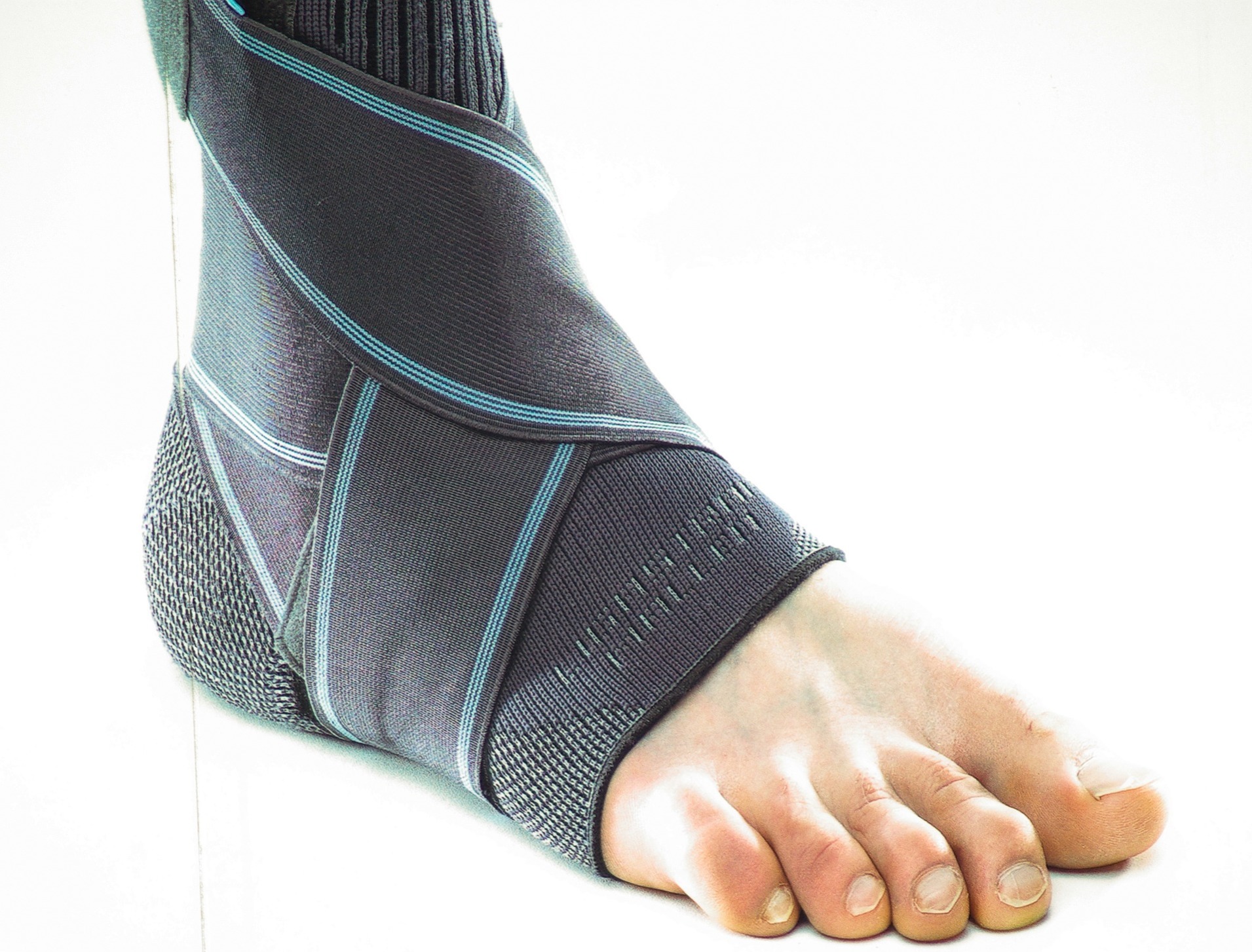Injury Management: When's the Right Time to Get the Peas?
Posted on 25th October 2019 at 10:00
During some of our recent blogs I’ve mentioned the ‘inflammatory response’, so I thought I’d devote this blog to the topic. Although I’m a huge fan of the perfectly natural response to the damage of tissue in the body, I hadn’t really gone in to too much detail of what to do when you do, and inevitably get injured.
As I mentioned in the inflammation-information post, the inflammatory response is the body’s way of getting the injured structure cleared of any damaged tissue in and around the area. And as mentioned in that previous post, it’s vital in those first 12 to 24 hours that you rest, ice, compress, and optimally load the affected area. But what does this mean?
As you know, the universe and everything within it is in a constant state of change. The solar system is expanding, mountains are eroding, Sandra’s coloured her hair, and pre-existing protocols are continually being amended. Have you ever sprained your ankle? That’s my go-to injury for explanation but I imagine everyone’s sprained their ankle at some point. You probably got the bag of peas out the freezer and put them around your ankle for an extended period of time. You may have even asked your Mum to get you a support bandage from Boots for you. (BBC style comment: other pharmacies are available.) You will have certainly popped it up on the sofa under a cushion while being waited on hand and foot because you’ve been through the wars.
What you’ve done if you’ve done any of those three things is adhere to the R.I.C.E. protocol: rest, ice, compression, and elevation. However, that protocol was amended to include a “P”… for protection. This new addition essentially meant we, as the injured person, were to take additional care in protecting the injured area from further injury: supports, tape, splints, etc. However… this amended protocol was further amended…to P.O.L.I.C.E.
Now, if you’re a simple creature like me, you’ll read that as “PO-LICE”, because it rhymes with rice & price. But being honest with you, it’s what it stands for that’s important. Because you’re clever, you’ll have worked out the “I.C.E.” part of the acronym refers to the same things as before, as well as the “P”. The addition of “OL” is the new bit, and this stands for “optimal loading”.
Optimal loading refers to the simple concept that a joint that’s suffered an injury (ankle… sprain) STILL has some degree of strength to it. When we totally immobilise a joint, although this can be beneficial for a portion of time, prolonged immobilisation will actually lead to a LOSS of strength. My favourite analogy to explain the concept of optimal loading is if you’ve ever seen a dog after its sprained a paw: although a sad sight, dogs will continually test their injured paw to see how much weight they can bear.
It’s this very simple idea that “optimal loading” encapsulates: continually assessing the integrity of a joint and/or injured area. The problem with us sentient beings is that we have a million and one other things going on and with indefinitely not listen to our own bodies. Dogs -1, Humans - 0.
It’s through continual assessment of the injured area too that we provide a degree of directionality. The body is incredible in the sense that all those muscles, ligaments, and tendons are shaped specifically for their function. Injury disrupts this directionality. So, by gently testing the areas, we provide some directionality to the new fibres being “laid down” in the repair process. It’s when we “run through it” is when we prolong the rehab process.
So, the next time you over do it, or take a tumble, remember: that cushion and daytime TV is only going to help you so far. Channel the inner hound in you, by testing the area like Fido. Most importantly, book an appointment with us at Fire & Earth, so we can get you back out there doing what you love sooner rather than later!
Nick
Share this post:

